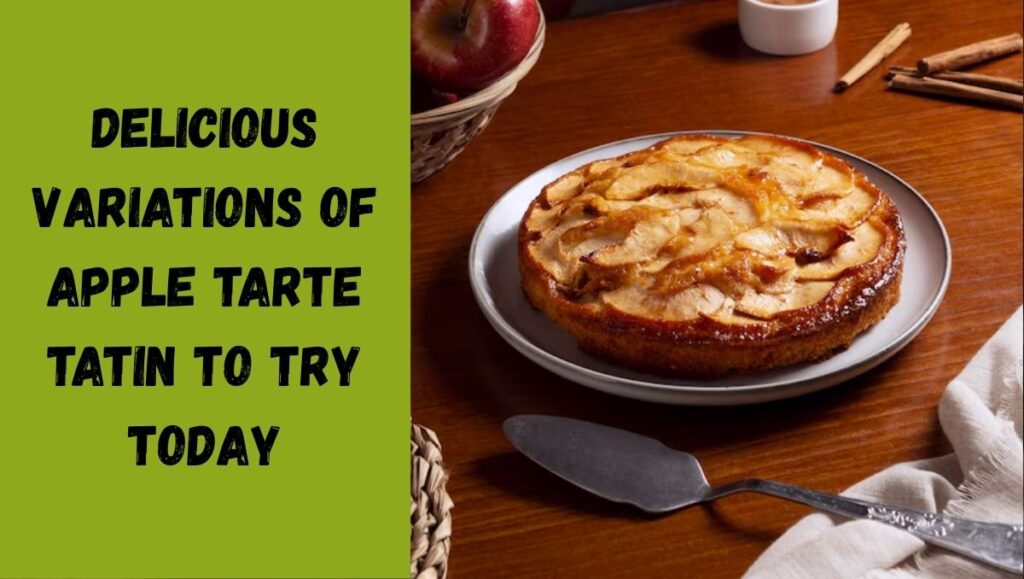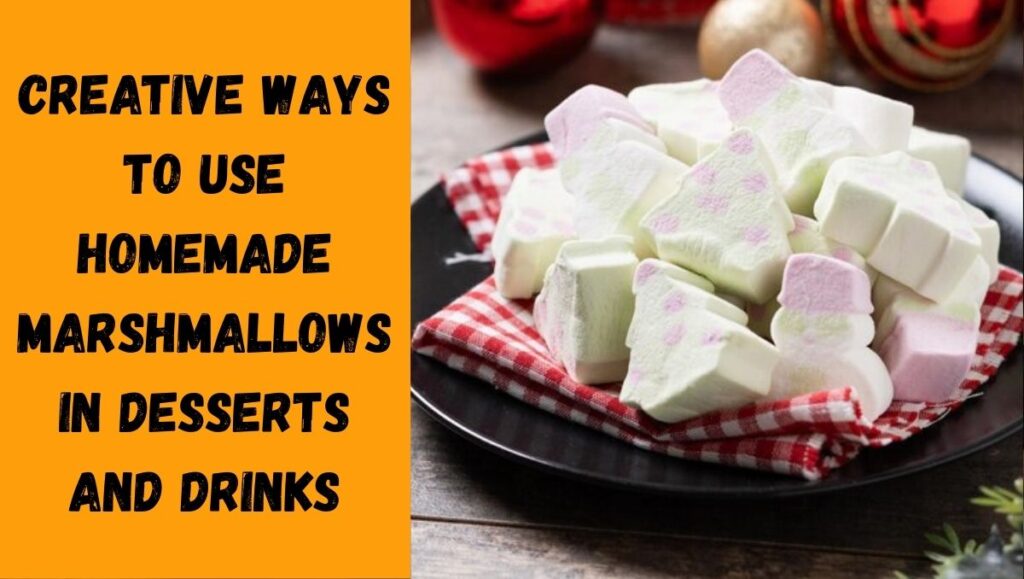Generation after generation has loved this classic treat—banana cream pie. This pie provides comfort and sweetness in every mouthful; it is well-known for its creamy texture, strong banana taste, and flaky crust. Banana cream pie is a mainstay at family dinners, restaurants, and holiday tables, frequently topped with sliced bananas and whipped cream. Its simplicity and balance—sweet bananas, silky custard, and buttery crust harmonize textures and flavors—have great appeal. Made-from- scratch or store-bought, this pie is still rather dear in many households. Though locale or taste will affect the recipe somewhat, the basic ingredients stay the same. From its history and ingredients to baking methods, variants, and professional preservation advice, this page investigates all you need to know about banana cream pie. Whether your level of experience with baking is low or high, this book provides a whole picture of how to perfect the banana cream pie.
History and Origins of Banana Cream Pie
Banana cream pie originated in the late 19th and early 20th centuries when pies were a popular method to preserve seasonal fruits in desserts. Because milk, cream, and eggs were more readily available in America, cream pies become especially popular here. Originally a basic custard pie, banana cream pie most likely developed from a tropical spin using bananas. Banana shipments rising from Central and South America become more easily available in North American homes. Natural progression in dessert development was combining bananas with custard. Banana cream pie had become a restaurant and Christmas favourite by the 1950s. It settled permanently in American cuisine and even started to be a prominent dessert in cookbooks. A favorite dish that still showing up on dessert menus and family tables today, the pie’s classic taste and creamy texture let it survive through gastronomic changes.
Key Ingredients in Banana Cream Pie
Though their components seem basic, each one is essential for banana cream pie to have its unique taste and texture. Usually consisting of three primary elements—the crust, the custard filling, and the topping—the pie is The crust could be graham cracker or a classic flaky pastry shell. A creamy custard is made for the filling using ripe bananas, egg yolks, whole milk, cornstarch, sugar, salt, and vanilla extract. Usually under the custard or incorporated with it, fresh bananas are piled inside the pie. Usually store-bought or handmade, the topping is whipped cream decorated with banana segments, chocolate shavings, or a sprinkling of cinnamon. Every element adds to the whole experience: the crust gives structure and crunch; the custard gives creaminess; and the topping accentuates taste and appearance. Making a great banana cream pie from home depends on premium, fresh ingredients.
Types of Pie Crusts Used for Banana Cream Pie
There are various kinds of crusts for banana cream pie, and each provides a different texture and taste sensation. The all-butter or shortening-based pastry crust is the most classic choice as it provides a crisp, flaky texture that accentuates the creamy filling really brilliantly. Made blind—pre-baked without filling—this kind of crust guarantees it won’t get mushy when the custard is added. Made by combining crushed graham crackers with melted butter and a small bit of sugar, the graham cracker crust is another often used one. Perfect for novices, this variation is faster and requires no rolling dough. A third choice provides a somewhat sweeter basis: the vanilla wafer crust. Whichever crust you decide upon, make sure it cools totally before adding the custard. A decent crust is the basis of a pie; if it is uneven or soggy, the texture and balance of the dessert may be affected.
Selecting the Right Bananas for Your Pie
Making banana cream pie depends much on the choice of bananas. Bananas should be ripe, not unduly mushy or squishy. The skin ought to be golden with some brown specks ideal. This suggests that the fruit is sweet and tasty yet still strong enough to keep the pie’s structure intact within. While overripe bananas could become mushy and change the filling’s texture, underripe bananas lack aroma and taste. Since bananas brown rapidly in air, freshness also counts when cutting them for the top garnish. Before including the slices to the pie, gently coat them in lemon juice to slow down this operation. To guarantee constant taste in every mouthful, bananas should be chopped and stacked equally. While some bakers mix some bananas into the custard for a stronger banana taste, others would rather have the simpler layers made by sliced fruit. Either approach produces excellent results.
Making the Perfect Custard Filling
The soul of banana cream pie is the custard filling, hence perfecting it calls for careful attention to detail. A excellent custard should be richly vanilla flavored, velvety smooth, thick enough to keep its form. Milk, egg yolks, cornstarch, sugar, salt, and vanilla extract make up the foundation elements. While separately beating the yolks, sugar, and cornstarch, slowly boil the milk in a saucepan to create the custard. To avoid curdling, gradually cool the egg mixture with hot milk; then, bring the mixture back up to heat until it thickens. Remove the custard from the heat and whisk in vanilla essence and butter for added richness once it reaches the right consistency. Straining the completed custard can help to eliminate any lumps. Let the pie crust cool somewhat before pouring into it. This guarantees it sets correctly when refrigerated and prevents steam generation that may make the crust mushy.
Assembling and Chilling the Pie
It’s time to put the pie together after the ingredients are ready—the crust cooked, bananas cut, and custard made. Start by piling sliced bananas at the bottom of the crust. Drizzle the somewhat chilled custard over the bananas, evening it with a spatula. If desired, top with another layer of banana slices; cover with plastic wrap to stop a skin from developing on the custard. Though overnight is advised for a stronger set and deeper flavor infusion, the pie must cool in the refrigerator for at least four hours. The chilling procedure should not be rushed as it guarantees adequate thickening of the custard and mixing of the flavors. After cold, unword the wrap and top with whipped cream. To keep look and freshness, decorate with additional banana slices or chocolate shavings right before serving. Now the pie is ready for enjoyment and slicing.
Common Variations of Banana Cream Pie
Although the traditional banana cream pie is usually a delight, variants provide taste and artistic appeal. Chocolate banana cream pie, which layers chocolate ganache between the crust and bananas, is one well-liked variant. Fans of peanut butter could sprinkle it on top or swirl it into the custard. Along with coconut flakes on top of the whipped cream, coconut banana cream pie adds shredded coconut to the custard. Often thickened with arrowroot powder or agar agar, vegan and dairy-free variations employ plant-based milk and egg alternatives. Variations devoid of gluten have oat or nut-based crusts. Parties would find banana cream pie ideal for an elegant dessert as some bakers provide it in individual cups or mason jars. While preserving the renowned banana cream essence, these variants satisfy diverse dietary requirements and taste preferences. Encouragement of creativity is encouraged; customizing the pie is what makes it such a wonderful dish to make.
How to Store and Serve Banana Cream Pie
Maintaining the taste and texture of banana cream pie depends on correct storage. Once put together, the pie should always be kept in the refrigerator covered with a pie dome or plastic wrap to guard from absorbing other food smells. Banana cream pie tastes best two to three days since the bananas could grow too mushy and the crust might start to lose its crispness. Add a thin coating of lemon juice or sliced fresh bananas before serving to stop them from browning. Before serving, let the pie sit at room temperature for ten to fifteen minutes for best flavor and texture. To guarantee clean cuts, use a sharp, fresh knife. Banana cream pie is best frozen only with the custard and crust; add fresh bananas and whipped topping right upon thawing. Your banana cream pie will stay great from the first slice until the last with proper treatment.
Nutritional Information (Per Serving – Approximate)
| Component | Amount |
|---|---|
| Calories | 380 kcal |
| Total Fat | 22g |
| Saturated Fat | 13g |
| Carbohydrates | 40g |
| Sugars | 24g |
| Protein | 5g |
| Dietary Fiber | 2g |
| Sodium | 200mg |
Values are based on one-eighth of a 9-inch pie with whipped cream topping.
FAQ’s
Can banana cream pie be made a day in advance?
Yes, banana cream pie can and should be made a day in advance to allow the custard to set properly and the flavors to develop. Just add fresh toppings before serving.
How do I keep bananas from turning brown in the pie?
Lightly coat the sliced bananas in lemon juice or lime juice to slow oxidation. Only add garnish bananas right before serving for the freshest appearance.
Can I use store-bought crust?
Absolutely. Store-bought pastry or graham cracker crusts work well and save time. Just ensure the crust is fully baked and cooled before adding the filling.
Is it possible to make banana cream pie vegan?
Yes. Use plant-based milk (such as almond or coconut), egg substitutes like cornstarch or agar, and dairy-free whipped topping for a vegan version.
What’s the best way to get a clean slice of banana cream pie?
Use a sharp knife dipped in warm water and wiped clean between slices. This helps cut through the creamy filling cleanly and keeps the slices neat.
| Home Page | Click Here |
| Dessert | Click Here |


